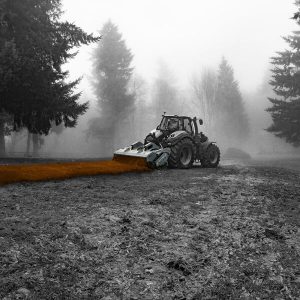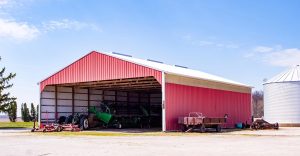How To Choose the Right Truck Cover

Your truck is not just a vehicle, but an investment. It is pound-for-pound the most practical, versatile tool you own. So, it’s only right that you would want to protect it. One effective way is by choosing the right cover. But how can you, with myriad options available? Keep reading.
Understanding the Importance of a Truck Cover
Firstly, you need to grasp why a truck cover is integral. Simply put, truck covers protect your valuable vehicle from weather elements, damage, and theft. They provide a shield against rain, snow, UV rays, dust, birds, and other potential threats.
Just consider the effects of prolonged exposure to sunlight. UV rays can lead to faded paintwork and interior. An appropriate truck cover can reduce the impact.
Truck covers also discourage theft and vandalism. They not only physically shield your truck but also frequently add complexity for potential thieves, serving as a deterrent.
Lastly, a cover is far easier than having to clean your truck constantly. It’s preventive maintenance —stop dirt from getting to your truck in the first place.
Types of Truck Covers Available
The next step is exploring the different types of truck covers. Broadly, they can be divided into indoor and outdoor covers.
Indoor covers are intended to shield your truck from dust, dirt, and minor dings when stored inside a garage. They’re usually lightweight, allowing for easy use, and are less resilient as they don’t need to deal with harsh weather.
Outdoor covers, on the contrary, are designed to withstand harsh weather conditions. They’re typically crafted from durable materials to cope with rain, sun, and snow.
Choosing the right type depends on where you’ll be storing your truck. If it remains outside, an outdoor cover may be more appropriate.
Assessing Your Specific Needs
Your specific needs play a crucial role in choosing the right truck cover. For instance, location matters most. Is your area prone to extreme heat, heavy rainfall, or snow? Pick a cover best suited for those conditions.
Moreover, if your truck’s usually parked in a crowded area, go for a cover with extra padding for additional protection against bumps and car scratches.
The frequency of use also matters. Regular truck users might prefer lightweight covers for their easy installation and removal, while less frequently used vehicles may require heavier, more durable covers.
And don’t forget about storage when not in use. Some covers can be folded into a compact size, making them easy to store.
Decoding Material and Build Quality
Material and build quality are crucial factors that dictate the longevity and effectiveness of a truck cover. Durable materials like polyester and nylon offer high resistance against weather elements and physical damage.
For areas subjected to heavy rain, go for covers that are waterproof or at least water-resistant. And for sunny regions, UV-resistant covers can be beneficial.
Apart from the material, the build quality also matters. Pay attention to the stitching. Quality covers possess double-stitched seams that stand the test of time.
Also, look for covers with elastic edges and tie-down gaps for a secure fit. A poor-fitting cover can blow off in windy conditions or potentially scratch your truck.
Selecting the Perfect Fit for Your Truck
Finally, for the cover to be effective, it must fit your truck perfectly. A too-large cover might not provide the needed protection, while a smaller one may not cover your vehicle fully.
To get the best fit, it’s advisable to take accurate measurements of your truck before buying. And don’t overlook the shape of your truck. Trucks come in variety from pickups to flatbeds and it’s important the truck cover reflects these differences.
Consider covers with mirror and bumper pockets. They provide that custom fit, catering not just for the size but shape as well.
A custom-fit cover might seem a bit more expensive, but the investment could save you from potential damage in the long run.
Altogether, selecting the right truck cover requires careful consideration of factors such as type, user needs, quality of material and build, and fit. With this information in hand, you’re well-equipped to make this important decision.






